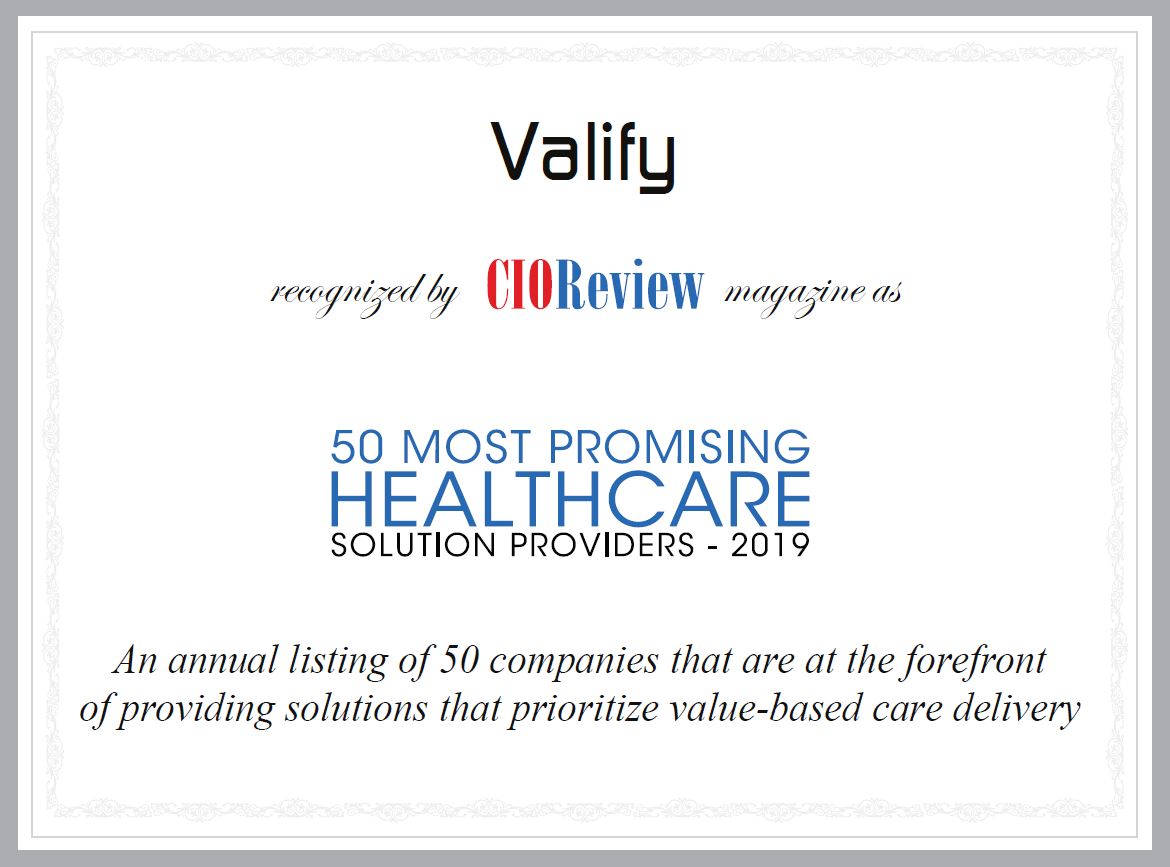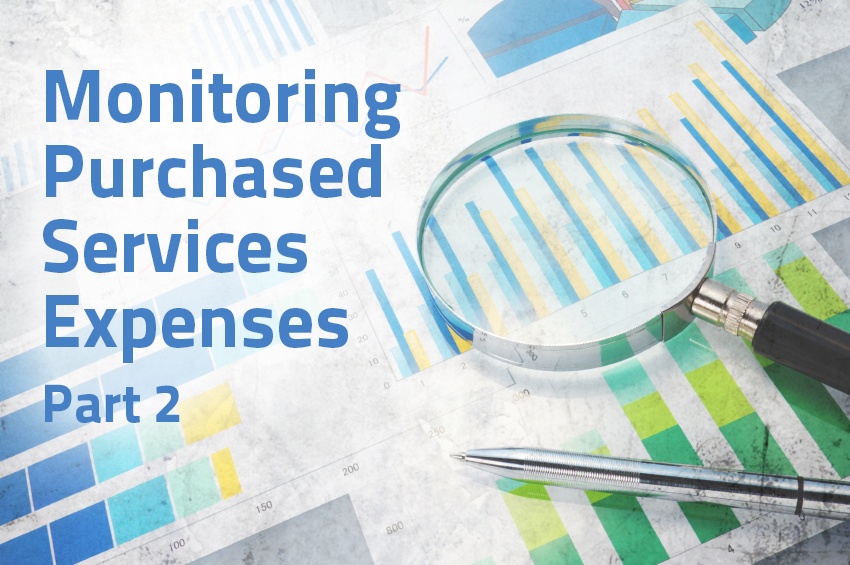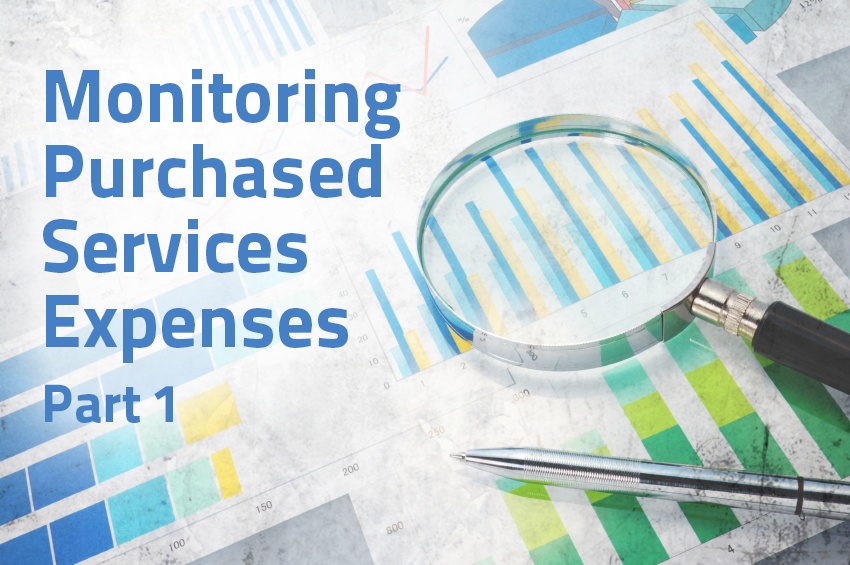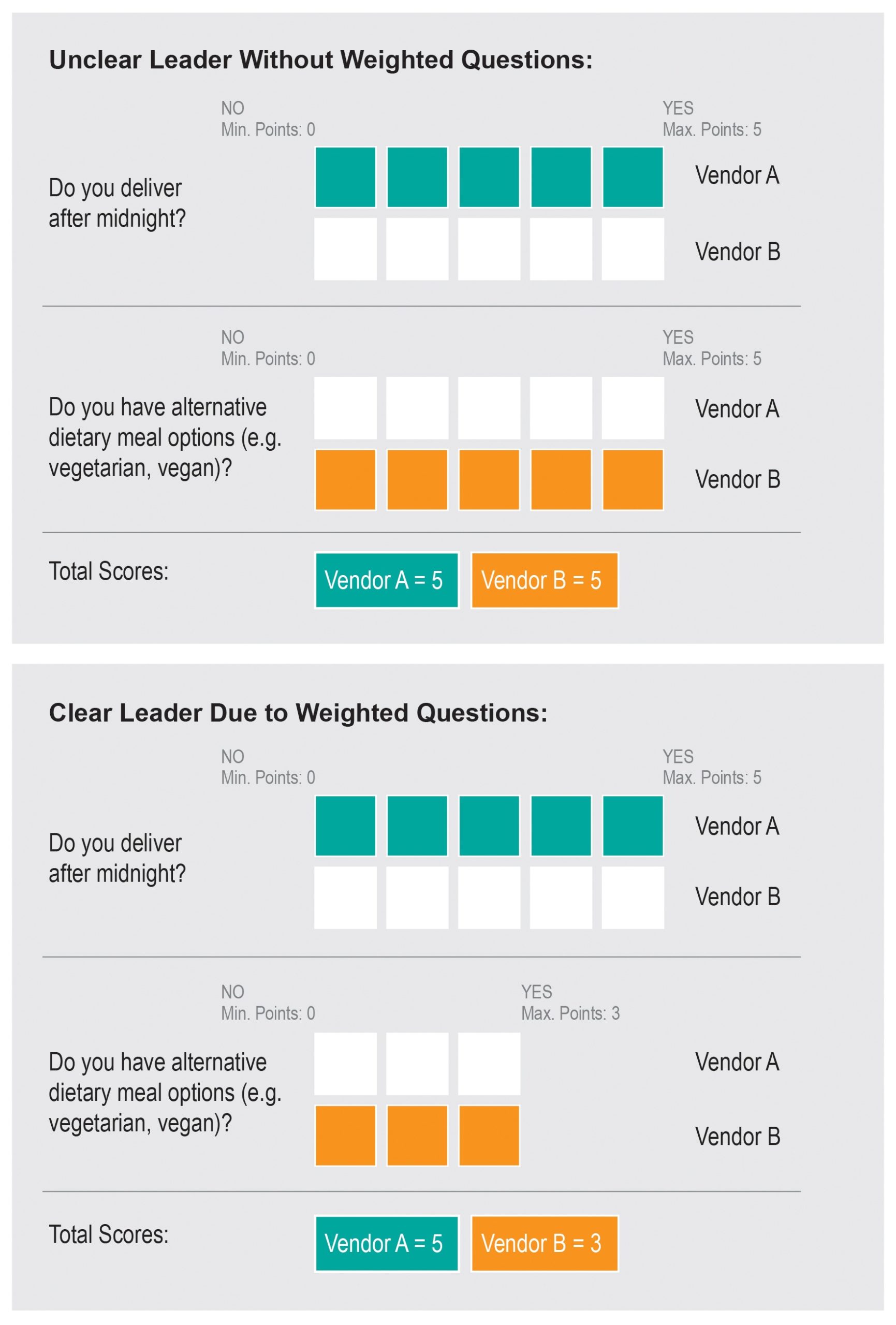In the realm of healthcare procurement, data is king. For more than a decade, Valify has been a leader in purchased services data analytics. Yet, within this domain lies a paradox: while having data is a required step to make measurable progress on purchased services cost reduction, too much data can present a paralyzing challenge. This article delves into the challenges faced by healthcare systems, the evolving role of artificial intelligence (AI), and how integrating data with AI can lead to significant savings.
Aren’t We a Data Company?
Throughout our tenure, Valify has maintained its reputation as the gold standard in purchased services data analytics. Over the past decade, we’ve meticulously curated over $1 trillion in spend data, furnishing healthcare systems with invaluable insights into their financial landscapes. However, as we’ve labored alongside the professionals on the front lines, our users, we’ve always known one truth: while data serves as a cornerstone, achieving significant cost savings requires more than just numbers. It demands a strategic fusion of data, expertise, and manpower. The perennial question is what we can do as an analytics provider to empower our clients to make progress not just on the usual categories that everyone tackles, but on the full breadth of services spend?
What Are the Challenges?
The challenges confronting healthcare systems in managing their purchased services expenditures are diverse and complex. With an extensive range of over 1700 unique categories, it’s understandable that attention often gravitates towards the most visible areas of spending, such as food management or waste disposal. However, these categories only scratch the surface, with numerous smaller categories often overlooked and under-optimized. Adding to the complexity is the limited capacity of healthcare teams tasked with overseeing these expenditures. Despite their dedication, the sheer volume of data and the intricacies of sourcing across diverse categories can feel overwhelming. Moreover, time constraints further compound these challenges, as teams find themselves juggling competing priorities and struggling to allocate resources effectively.
AI and Its Potential
In recent years, the emergence of artificial intelligence has opened up exciting possibilities in the realm of data analytics. Powered by advancements in machine learning and natural language processing, AI holds the promise of revolutionizing how healthcare systems approach purchased services analytics. Imagine a world where teams can gain efficiency with machine-learning models that sift through the mountains of data, uncovering hidden opportunities for cost savings across various spending categories. With AI-driven algorithms that extract meaning from the data and present it in concise narratives, these teams gain valuable insights into vendor relationships and market trends, empowering them to make well-informed decisions that deliver substantial financial benefits for their organization. As we explore the potential of AI in this space, we anticipate new avenues for enhancing efficiency and driving impactful outcomes in purchased services analytics.
How Do We Solve This as an Industry?
The key lies in strategically integrating AI into healthcare procurement processes. Procurement teams must be equipped with AI-driven tools and insights that save them time by extracting valuable insights from the mountains of spend data. They need tools which speak their language to tell them the story behind the data, not just confront them with tables and charts. They need best in class software that serves as a force multiplier and which increases in value as they interact with it. And most importantly, these tools have to be built on top of pristine data – like that created by the tools, processes, and teams that Valify has worked hard to perfect over the last decade.
As we envision the future of purchased services analytics, it’s crucial to recognize that data alone won’t carry us forward. While data forms the bedrock of insights, it’s the strategic fusion with AI that will drive real progress. Through AI-driven analytics, healthcare organizations can break free from the constraints of conventional methods, unlocking new avenues for cost savings and efficiency. At Valify we’re leaning into this, and we’re excited to see how it will pave the way for a more sustainable future in healthcare procurement.












